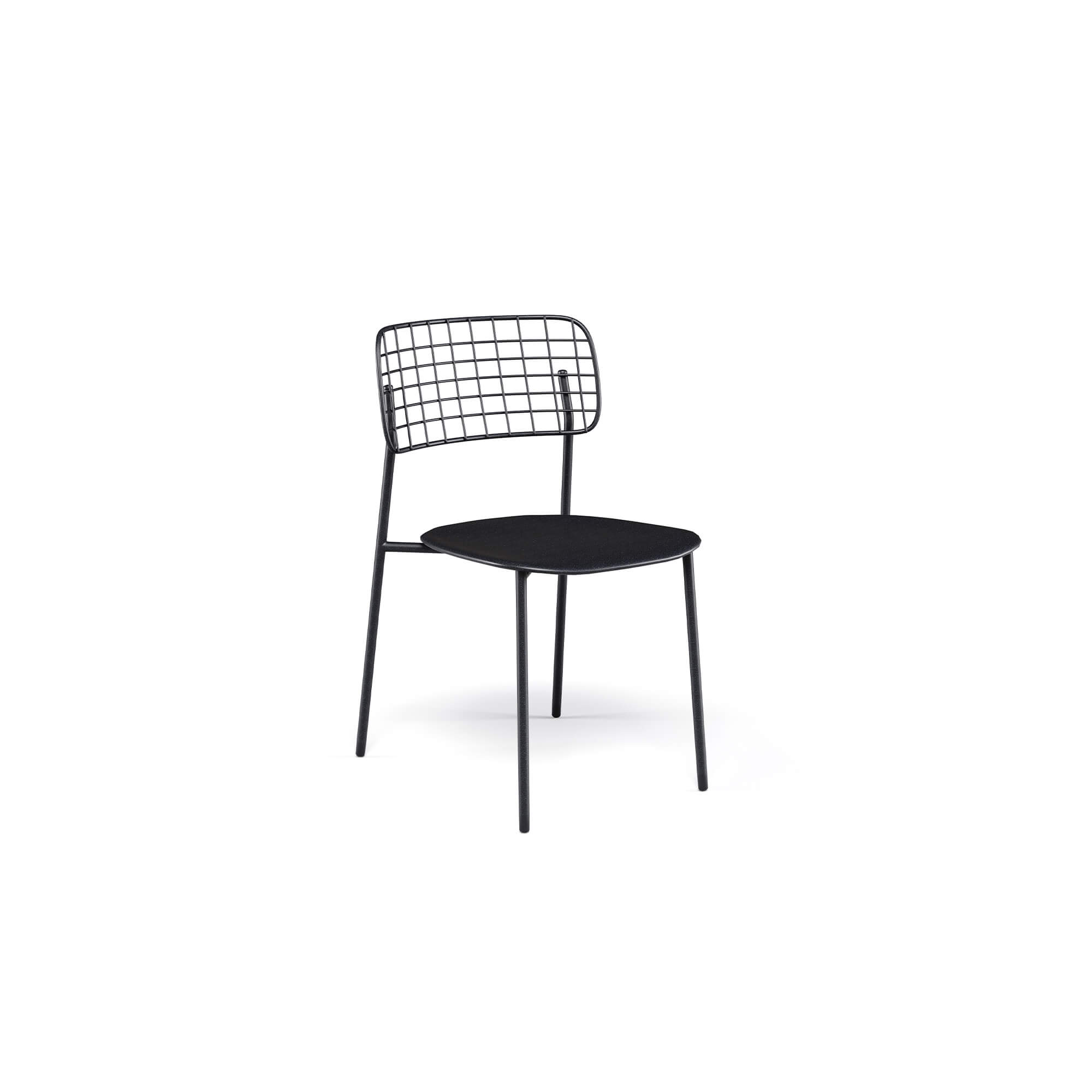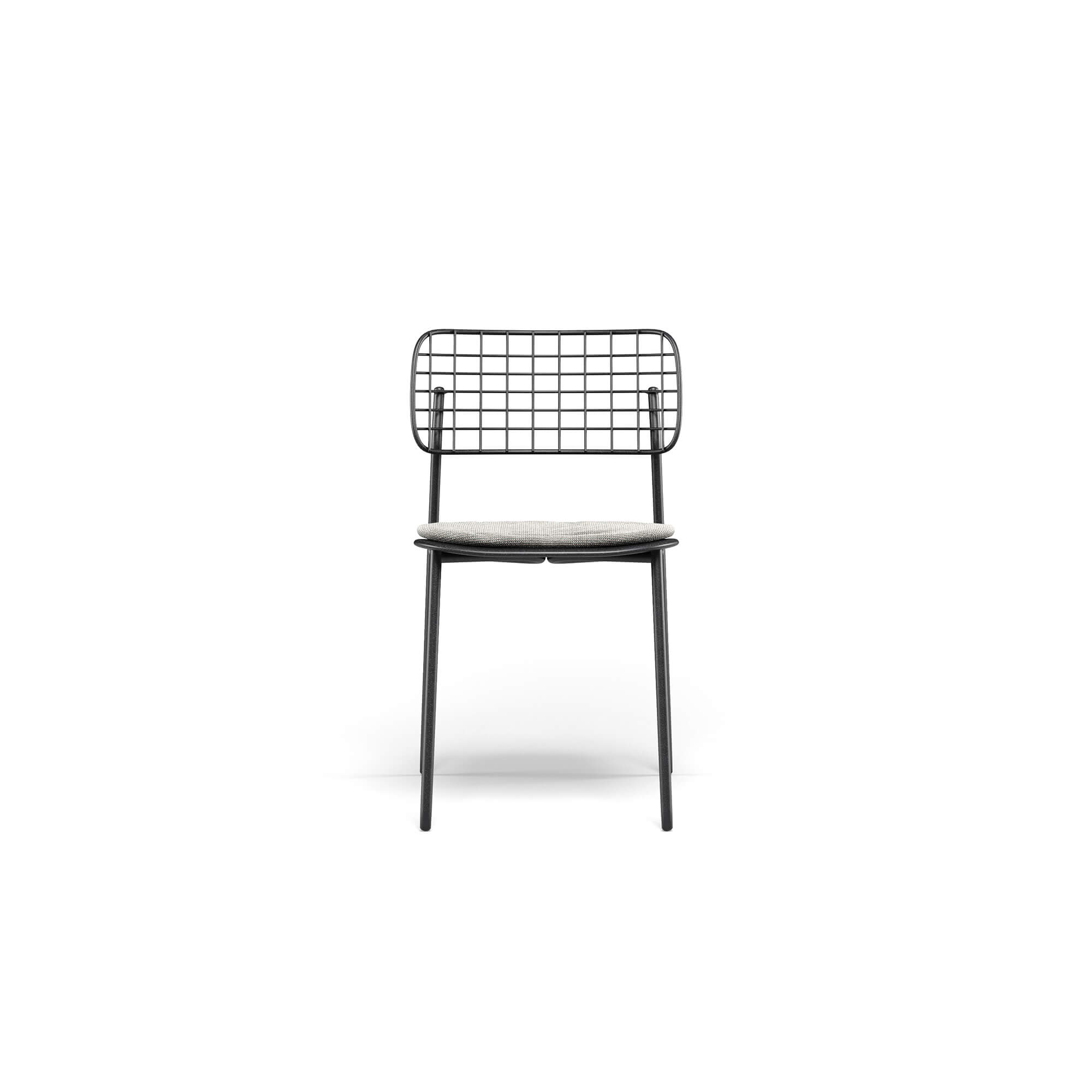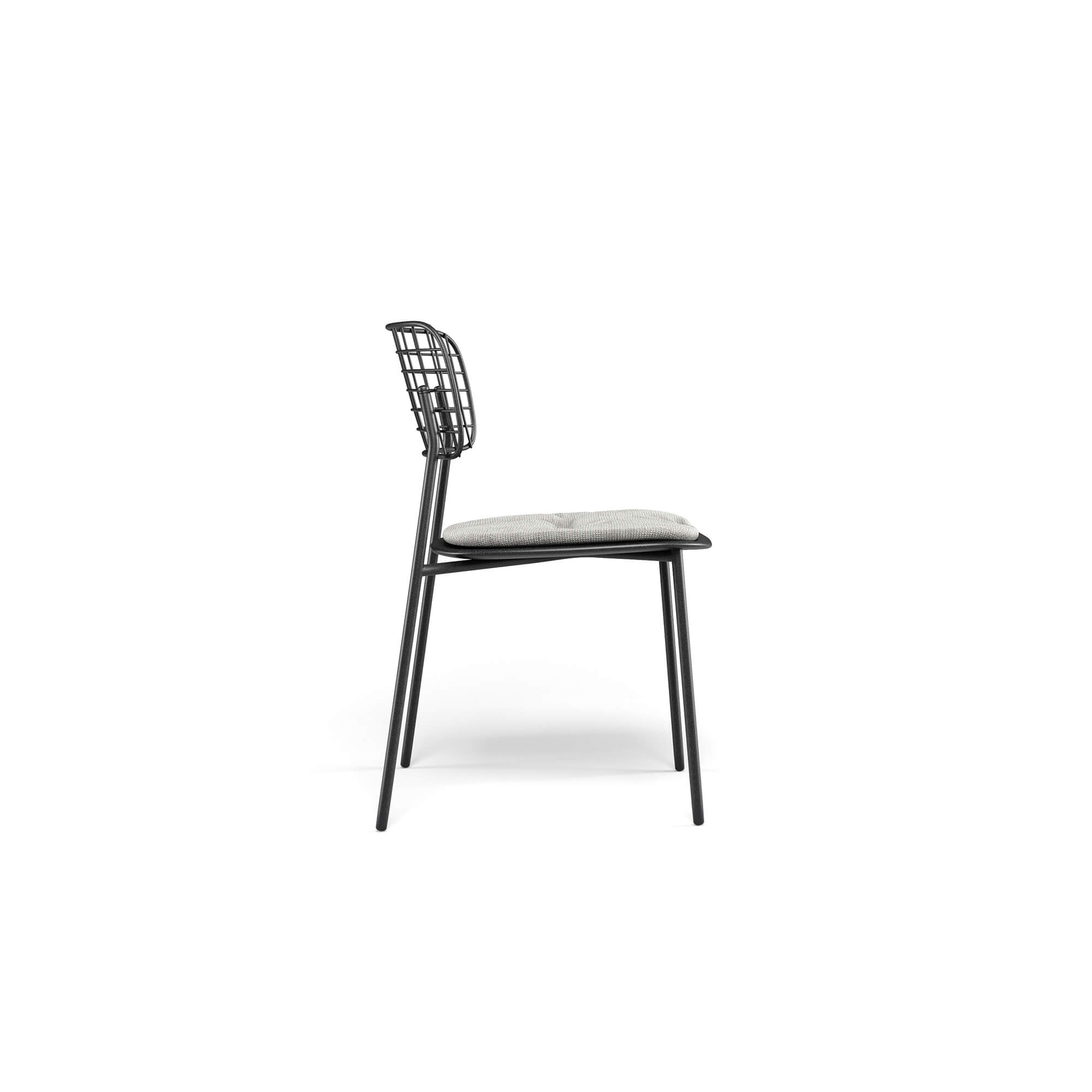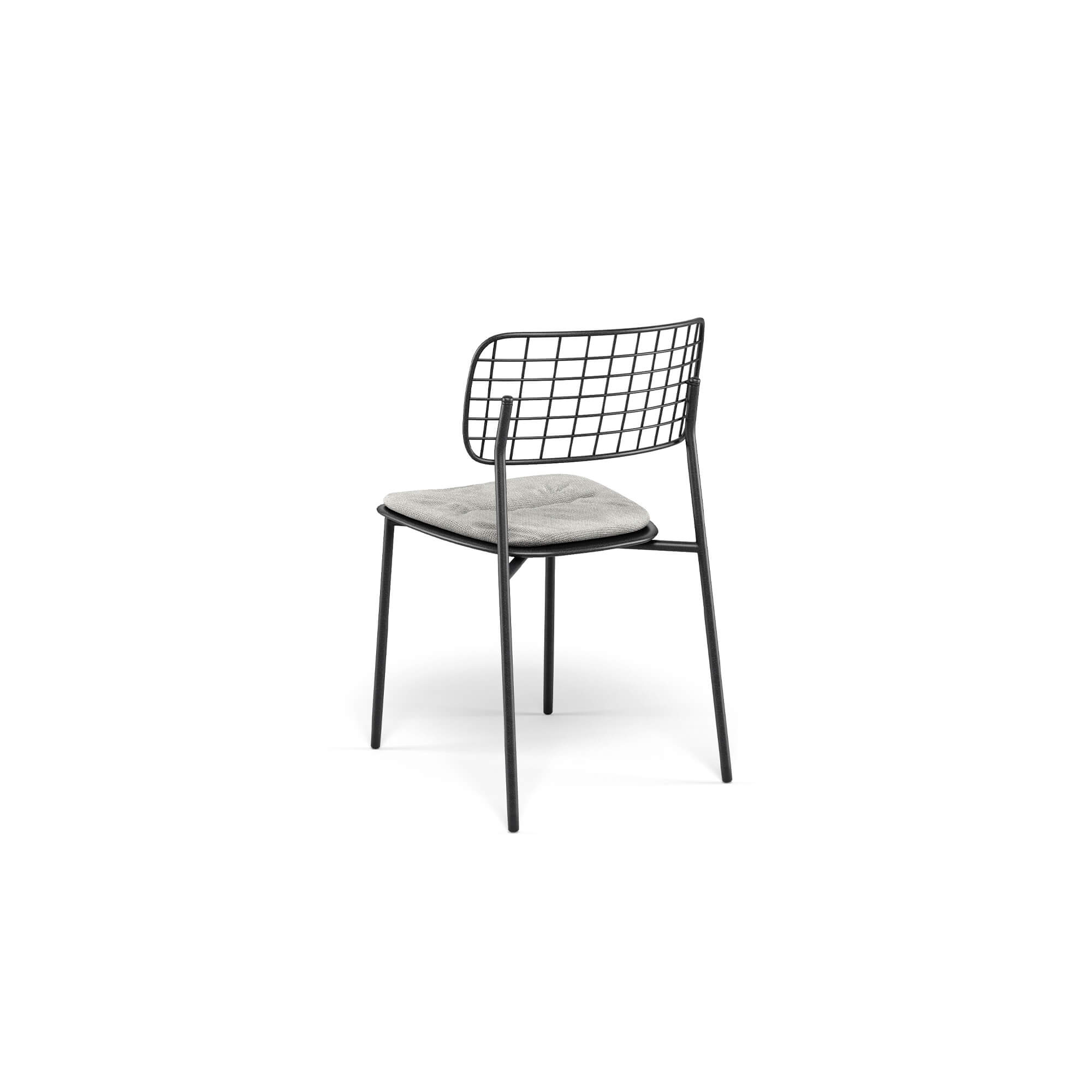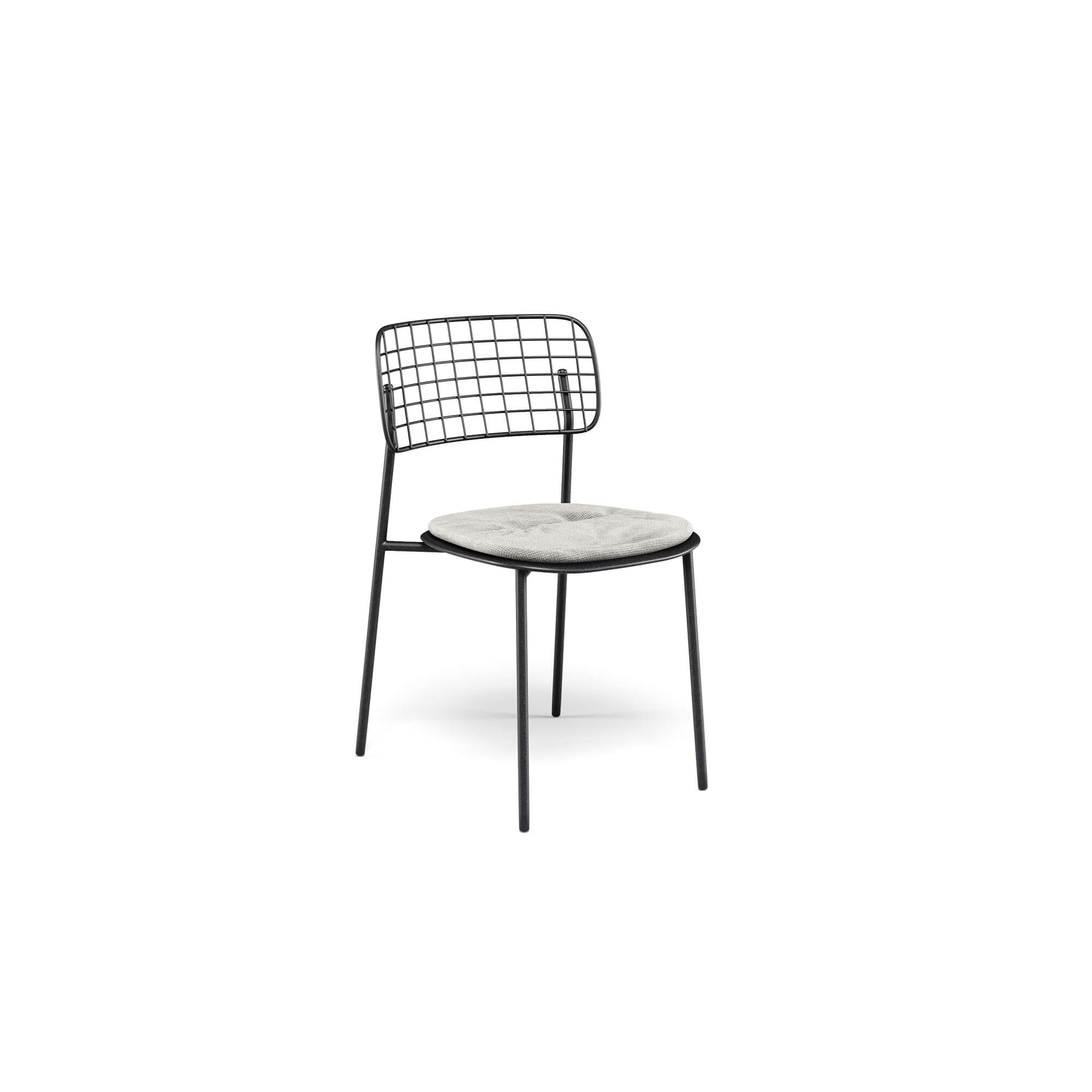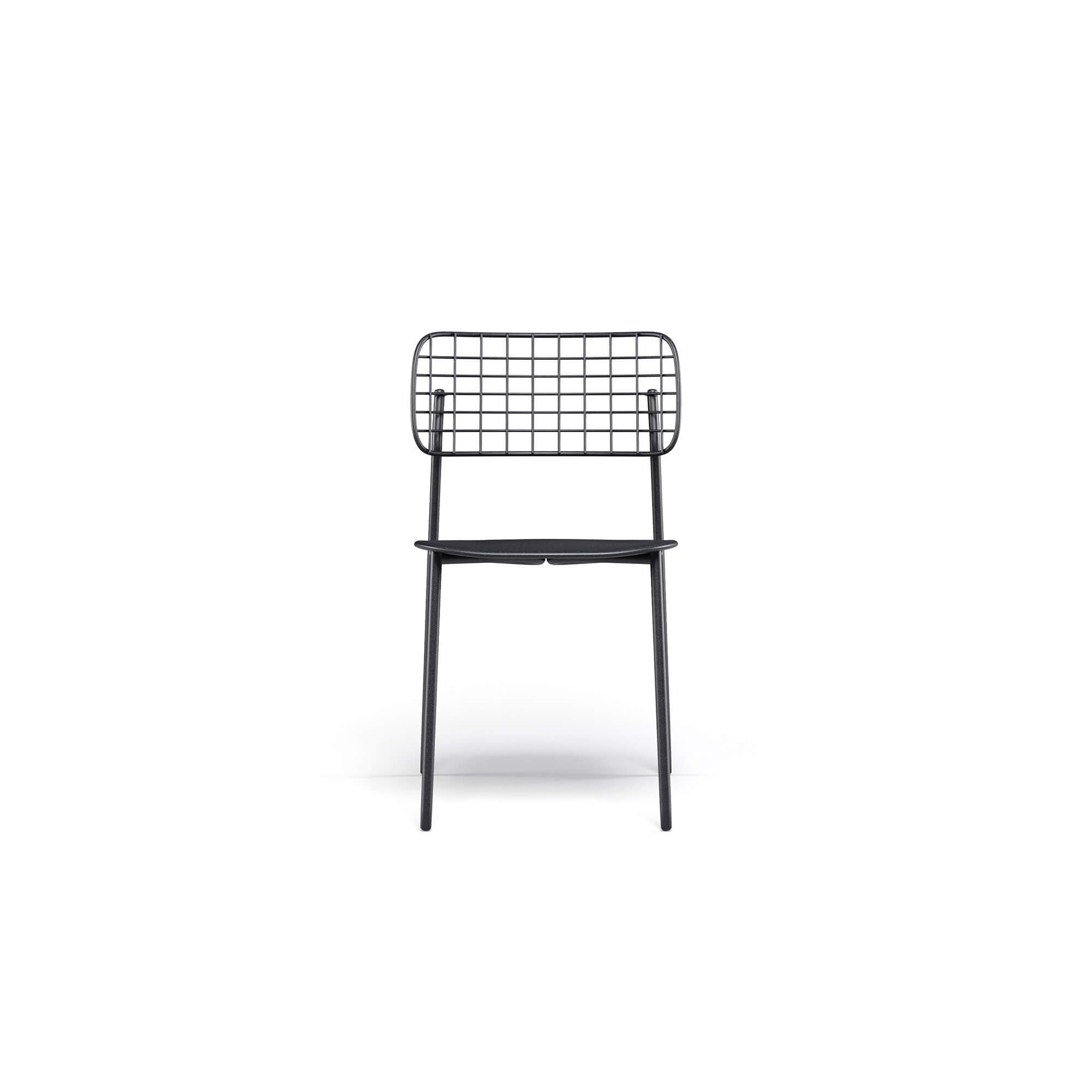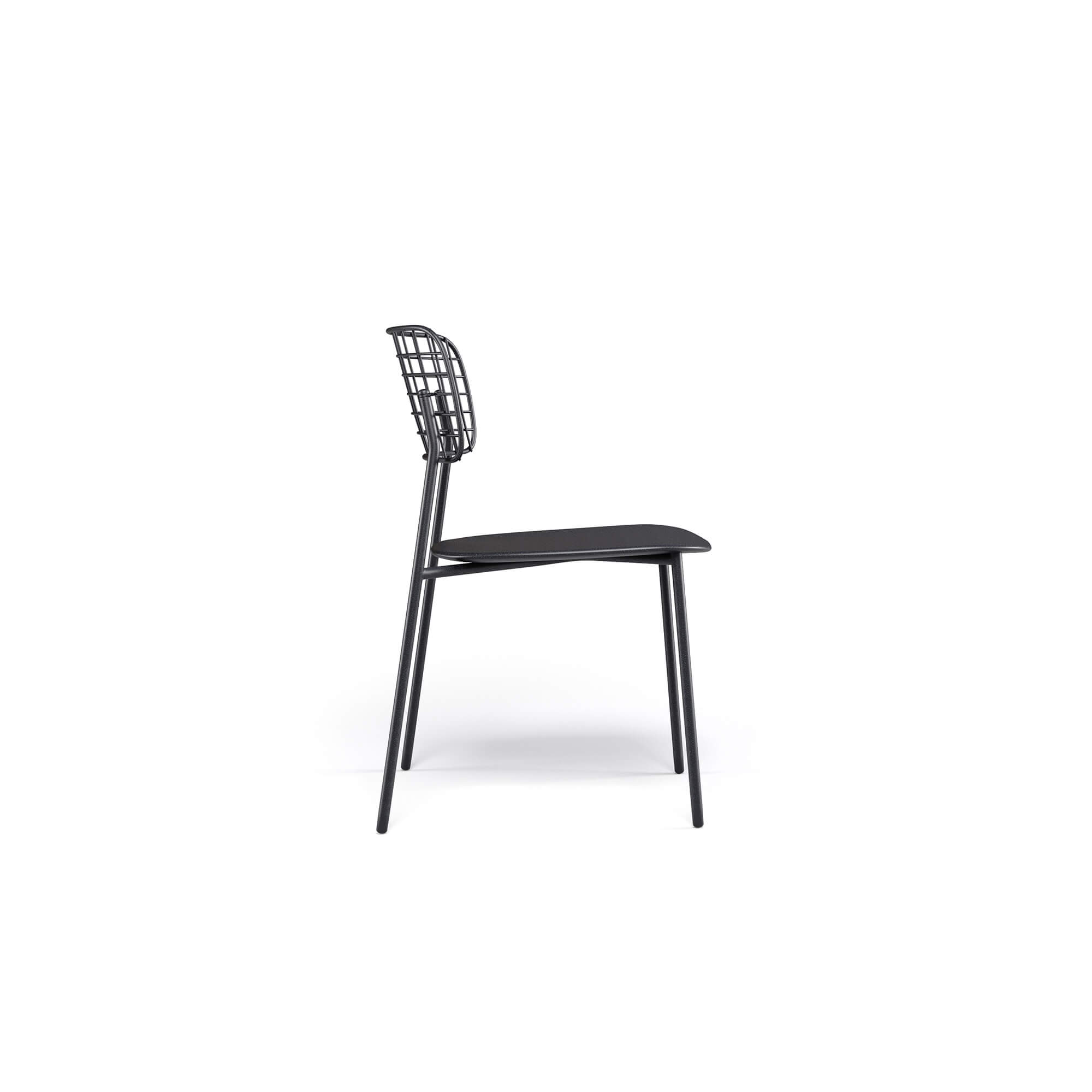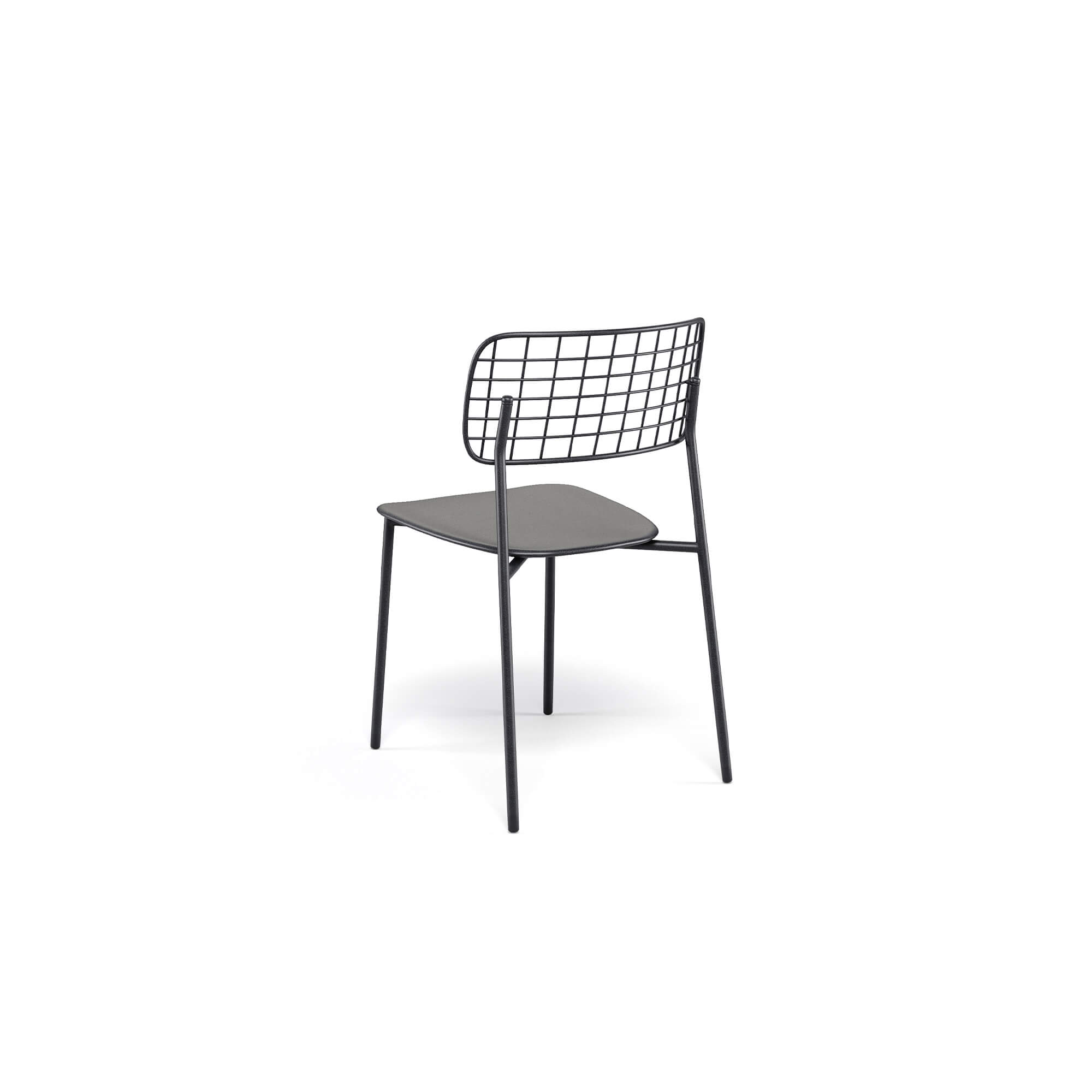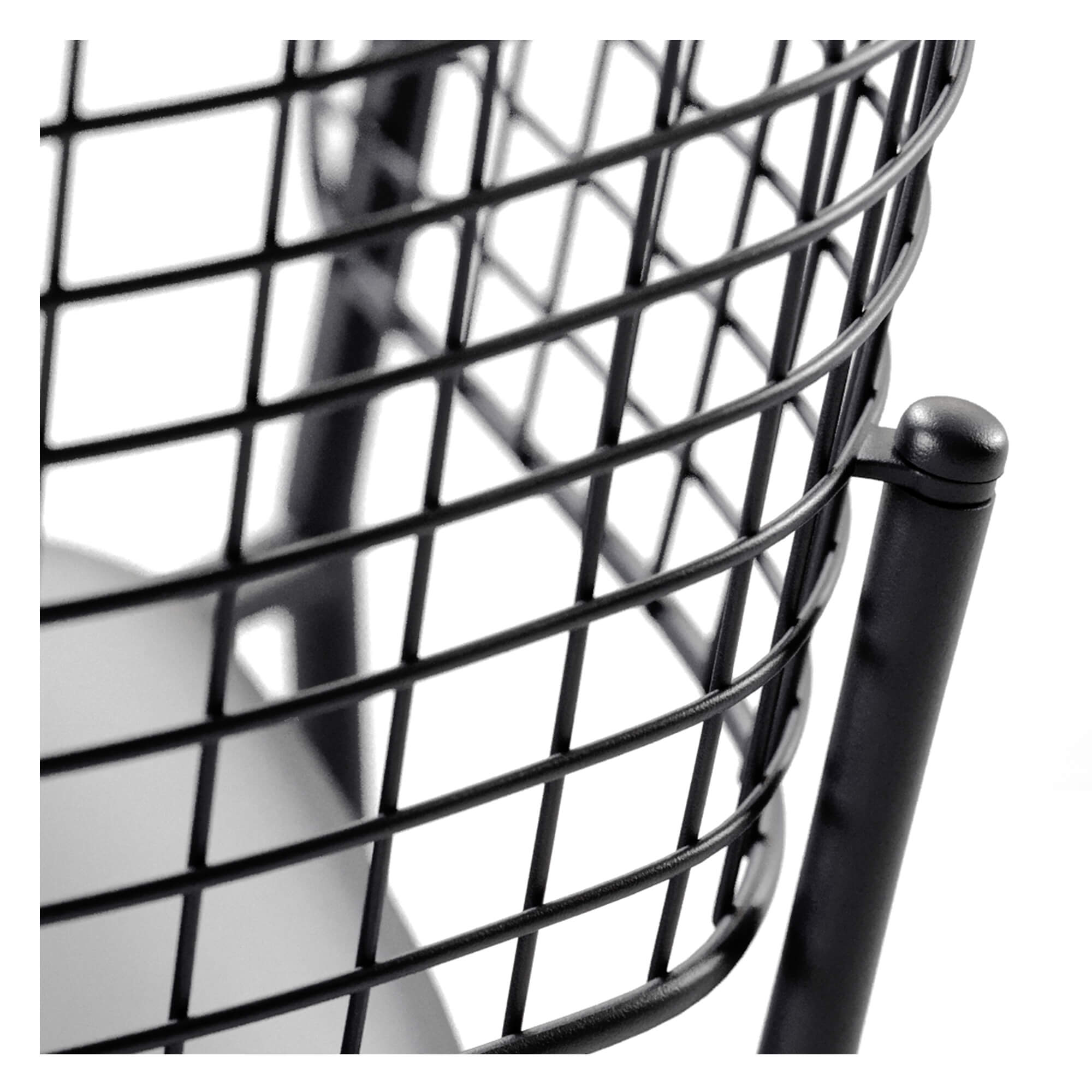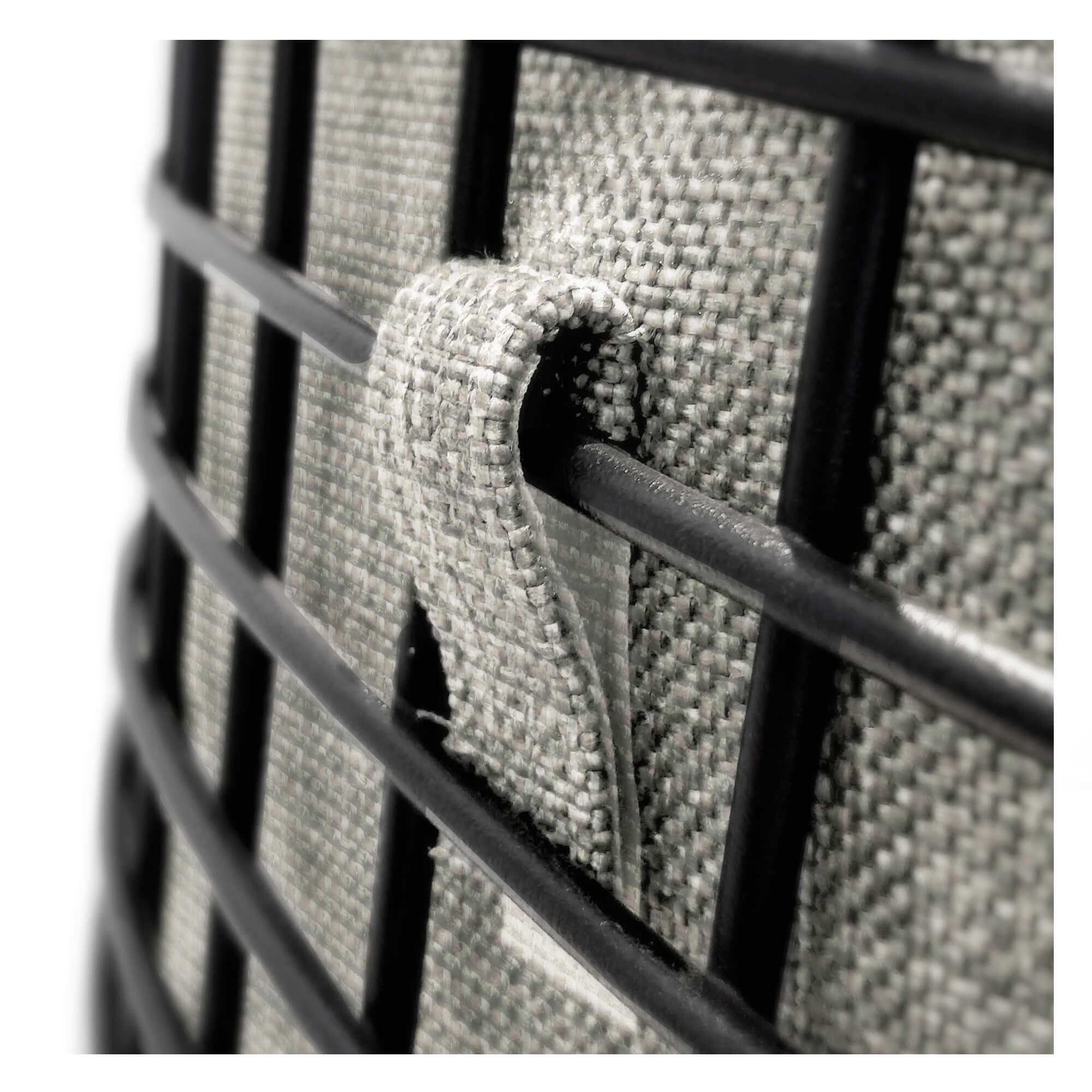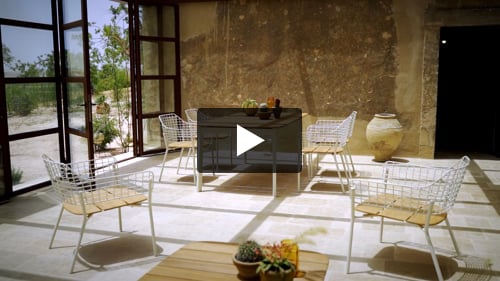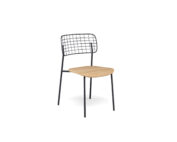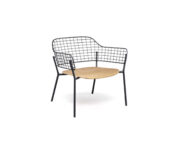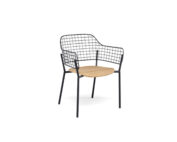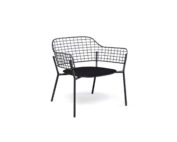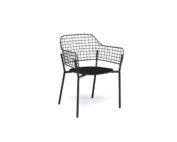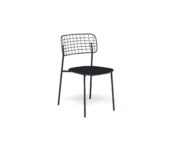Any products might be subject to modifications at any time without notice.
Chair
Lyze
Chair / cod.615
Material: Aluminium - Stainless Steel
Collection: Lyze
Cushions for this collection: C/615 Polypropylene seat cushion

Technical Info
Stackable: 6
Static Load: 200 Kg
Test: EN581-1 / EN581-2
Cushion Material: Tessuto Standard
Maintenance
ALUMINIUM
To keep the product in good condition for a long time, we recommend cleaning it regularly; more often in very damp locations with a marine climate. It is recommended to clean the surfaces using a soft cloth with water or mild detergents. Prolonged and continuous exposure to intense UV radiation or very low temperatures can affect the initial characteristics of the coloured coating, which is made from polyester. We recommend cleaning and storing the products in sheltered places during prolonged periods of non-use and during the winter.
STAINLESS STEEL
Caution! a) DO NOT USE the following products on stainless steel parts: – Bleach or detergents containing bleach (which can corrode stainless steel); – Hydrochloric acid or products containing chloride (which can corrode stainless steel). b) Salt, limescale or acid (from coffee, wine, orange juice, tomato and lemon juice, etc.) may discolour stainless steel parts that are not cleaned immediately. c) Stainless steel products or parts used by the sea or for internal swimming pool furnishings require more frequent cleaning to remove deposits of chloride and to prevent the chemical corrosion of the external surface. d) Stains or rust marks on the stainless steel surface should be removed immediately. e) Stains left for a long time can become permanent f) Rust can chemically attack or corrode stainless steel. Removing stains or rust: – Apply a specific non-abrasive detergent/polish for stainless steel; – Test on a hidden stain to make sure that the original surface finish is not altered; – Remember to rub lengthwise (not in a circle); – Do not use abrasive pads; – Rinse thoroughly with clean water; – Finally dry thoroughly to prevent streaks, rub in the direction of the fibres.

